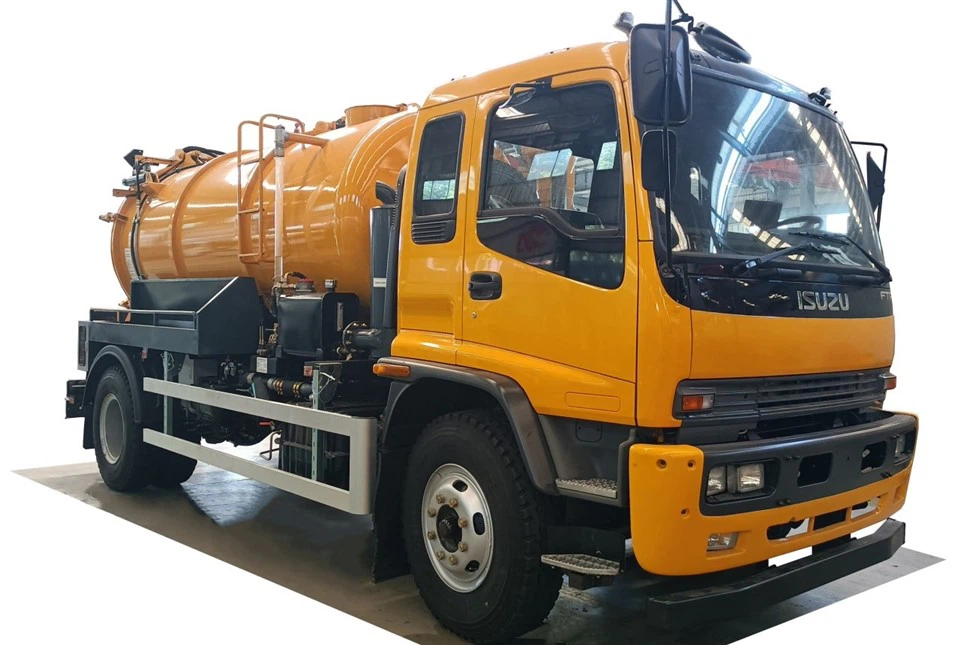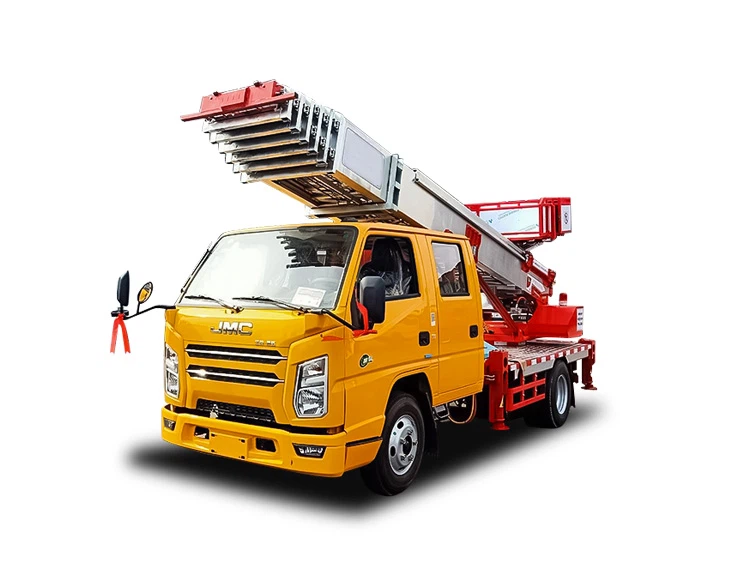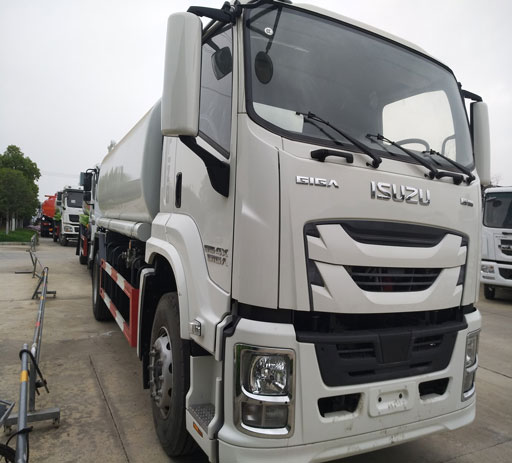Exploring the Various Types of Cabs: A Comprehensive Guide

When it comes to transportation, cabs are one of the most commonly used means. They offer convenience, comfort, and flexibility. In this comprehensive article, we will explore the numerous types of cabs available, highlighting their unique features, advantages, and where they are most effectively utilized.
Understanding the Different Types of Cabs
Cabs can be categorized based on several factors, including their design, purpose, and technology. Let’s delve into these categories in detail.
1. Traditional Cabs
Traditional cabs are widely recognized and have been used for decades. Usually painted in distinctive colors, they are commonly hailed on the streets or booked over the phone.
Features and Benefits
- Branding: Often have unique color schemes, making them easily identifiable.
- Availability: Can be flagged down on the street or pre-booked.
- Regulated Pricing: Fares are usually regulated by the local government.
Example of Use
In New York City, yellow cabs are iconic and can be seen on almost every street corner, serving millions of passengers daily.
2. Rideshare Services
Rideshare services have revolutionized the taxi industry, allowing users to book rides via smartphone applications. Services like Uber and Lyft fall under this category.
Advantages
- Convenience: Easy booking through mobile apps.
- Cost Efficiency: Competitive pricing compared to traditional cabs.
- Variety of Options: Multiple vehicle choices, from economy to luxury rides.
Practical Tips
Always check the estimated fare in the app before booking, and consider sharing rides with other passengers to reduce costs.
3. Luxury Cabs
Luxury cabs cater to clients seeking a premium transportation experience. They offer high-end vehicles, professional drivers, and additional amenities.
Key Features
- High-End Vehicles: Includes brands like BMW, Mercedes-Benz, and Audi.
- Comfort: Spacious interiors, leather seats, and often refreshments.
- Private Drivers: Professional drivers trained to provide exceptional service.
When to Use Luxury Cabs
Perfect for corporate events, weddings, or special occasions where elegance and comfort are priorities.
4. Minicabs
Minicabs are a common alternative to traditional taxis, usually pre-booked rather than flagged down on the street.
Characteristics
- Pre-Booking: Requires advance booking through phone or online platforms.
- Cost-Effective: Often cheaper than traditional taxis.
- Private Operators: Usually operated by private companies rather than local municipalities.
Example Scenario

Minicabs are ideal for airport pickups and drop-offs, offering a reliable means of transport without the hassle of street-hailing.
5. Taxi Vans

Taxi vans, or shuttle cabs, are larger vehicles designed to accommodate multiple passengers, making them suitable for group travel.
Benefits
- Ample Space: Ideal for families or groups traveling together.
- Cost Sharing: Passengers can split fares, lowering the cost per person.
Situations for Use
Taxi vans are especially useful for airport trips where passengers travel in groups, carrying more luggage.
6. Electric Cabs
With the growing focus on sustainability, electric cabs are emerging as an eco-friendly alternative to traditional gasoline-powered vehicles.
Advantages
- Environmentally Friendly: Reduces carbon emissions and air pollution.
- Cost-Effective: Savings on fuel and maintenance over time.
Examples in Action
Many cities are integrating electric cabs into their local transportation systems, with some even incentivizing ridesharing companies to switch to electric vehicles.
7. Motorcycle and Scooter Cabs
These are used primarily in congested urban areas where traffic is a significant issue. They are typically hired via app, and the rider can sit behind the driver.
Benefits
- Speed: Navigates through traffic quicker than cars.
- Affordable: Generally lower fares than traditional taxis.
Usage Tips
Always wear a helmet when riding a motorcycle cab, and prefer opt for jackets and protective gear for safety.
8. Wheelchair Accessible Cabs
Inclusive transport options that cater to individuals with disabilities or mobility challenges.
Features
- Ramps and Lifts: Designed with features that allow for smooth entry and exit.
- Trained Drivers: Staff trained to assist passengers with special needs.
Shared Services
Many cities offer wheelchair-accessible taxis as part of their regular fleet, ensuring that everyone can access public transport.

Comparative Overview of Cab Types
| Cab Type | Best For | Cost | Availability | Eco-Friendly |
|---|---|---|---|---|
| Traditional Cabs | Instant rides | Moderate | High | No |
| Rideshare Services | Convenience | Variable | Very High | Can be yes (electric options) |
| Luxury Cabs | Special occasions | High | Moderate | No |
| Minicabs | Budget rides | Low | Moderate | No |
| Taxi Vans | Group travel | Variable | High | No |
| Electric Cabs | Sustainability | Medium to High | Low to Moderate | Yes |
| Motorcycle/Scooter Cabs | Quick travel | Low | Moderate | Can be yes |
| Wheelchair Accessible Cabs | Mobility access | Medium | Low | No |
Frequently Asked Questions
1. What is the best type of cab for budget travelers?
Minicabs and rideshare services generally offer the most affordable fares compared to traditional taxis.
2. How can I ensure my ride is safe?
Always use reputable services, check driver ratings, and share your ride details with friends or family.
3. Are electric cabs more expensive than traditional cabs?
While the upfront price may vary, electric cabs often lead to savings in fuel and maintenance long-term.
4. Can I request a specific type of cab?
Many rideshare apps allow you to choose the type of vehicle, such as economy, premium, or spacious options.
5. Are wheelchair accessible cabs available in all cities?
Not all cities have a comprehensive service, but many larger cities now offer this option as part of their taxi services.
6. How do I find a taxi cab in a new city?
Utilize local taxi apps, or rely on services like Google Maps or Yelp for nearby options and recommendations.
